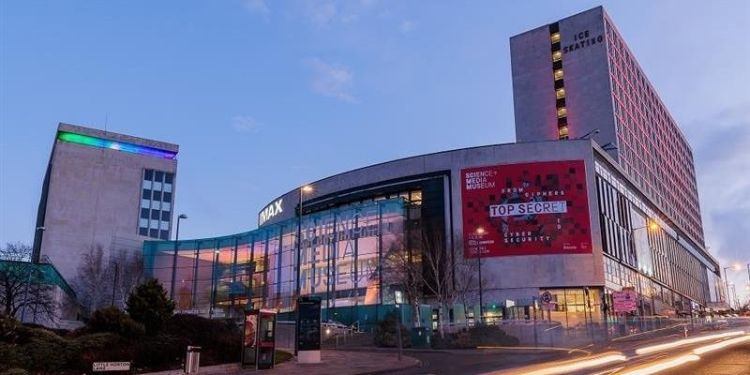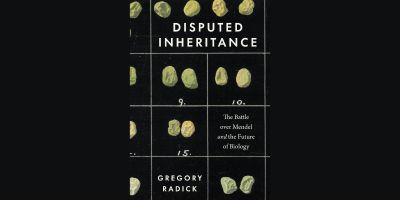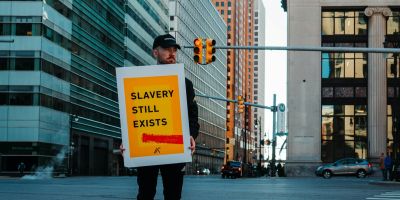MA in Science, History and Society students co-author new article with impact potential

Two postgraduates are the co-authors of this article that will inform the exhibits and public engagement programme of The Science Museum in its 150th anniversary.
The Science Museum’s prestigious online journal has just published an article co-authored by two PRHS postgraduate students, Alexander King and Nela Spurná (written with PRHS staff member Graeme Gooday).
The article is titled ‘1876 and All That: the ‘Special Loan Collection of Scientific Apparatus’ as a case study in crowd-sourced international public science’.
In 2021-22, under Gooday’s supervision, Nela and Alex undertook an online placement module (PRHS 5000M) at the Science Museum for the MA programme in ‘Science, History and Society’. This article features their research on the fate of the exhibition of scientific instruments in 1876 which has long been seen as a key moment in the origins of the modern Science Museum in South Kensington, London.
The Science Museum is now planning a 150th-anniversary event for that exhibition in 2026, and this article will inform their planning of their exhibits and public engagement programme.
Congratulations, Team.
Abstract
Some historians of the ‘Special Loan Collection of Scientific Apparatus’ exhibited in 1876 interpret its principal significance as catalysing the eventual transformation of science collections in the (South) Kensington Museum into London’s present-day Science Museum.
Debates about that nexus have not, however, noted that this exhibition was an international crowd-sourced venture in public science.
Far from being collection-founding donations, most artefacts displayed were discretionary loans contributed by private citizens, learned societies, instrument makers, universities, engineering companies and state departments from across both the UK and Europe, with most displayed items later returned to their exhibitors.
Our paper draws upon the art historiography literature of ‘loan exhibitions’ to consider the 1876 exhibit in (mostly) physical science as part of a growing democratic tradition of resource sharing.
This exhibitor-focused approach is illustrated via case studies of two kinds of contributors that did not predominantly have their loans converted to donations: (male) instrument makers and women, especially widows.
In that context, we can interpret apparatus lending in 1876 as forms of advertising, memorialising, and just occasionally offloading disused but historically important equipment.
It is in such terms that we can better understand why only a small fraction of loaned 1876 apparatus become permanent parts of the South Kensington science collections via such means as state departments discarding obsolete technical equipment.
For further information, please email Professor Graeme Gooday at G.J.N.Gooday@leeds.ac.uk.




